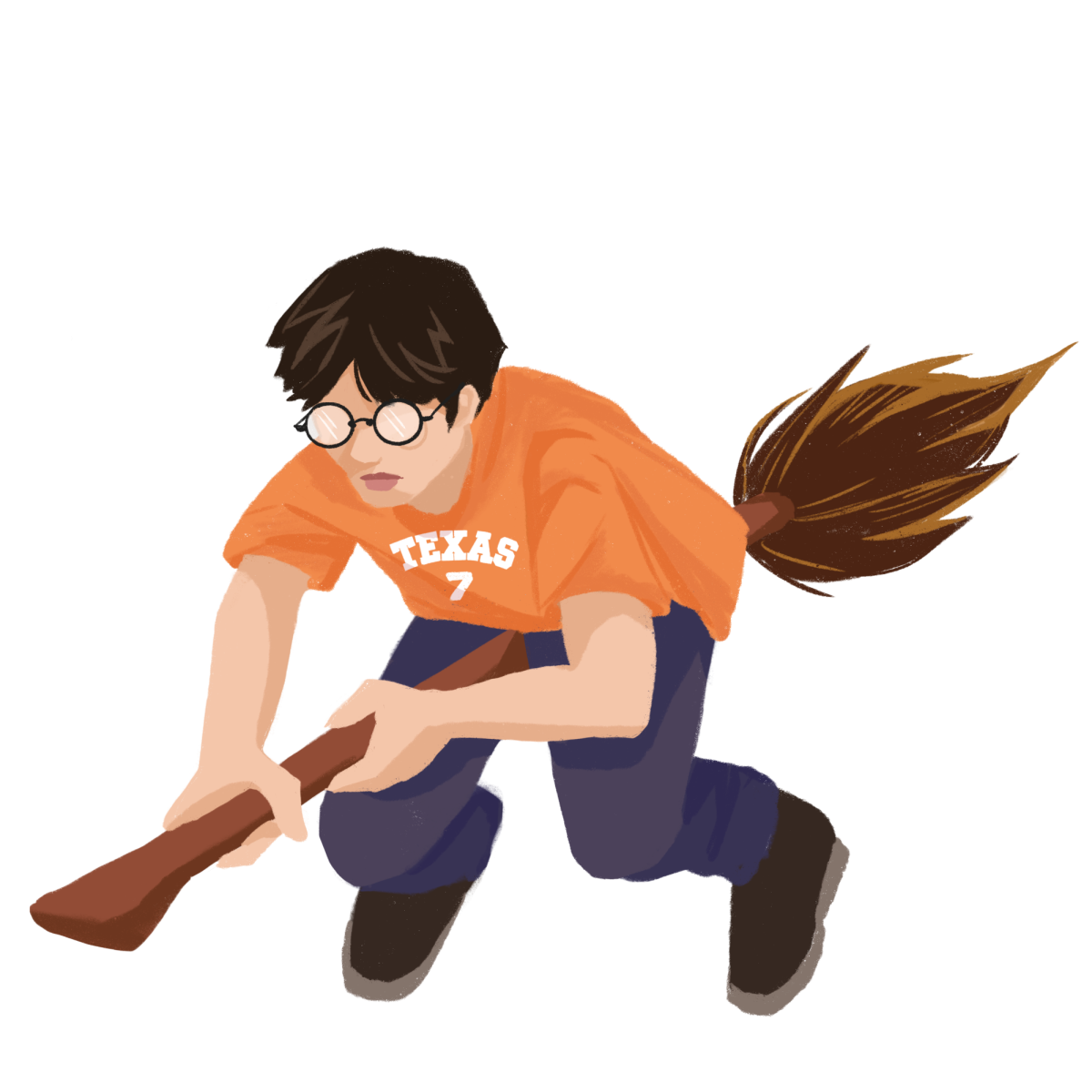LASA football has recently left the University Interscholastic League (UIL) , where the team will no longer play in UIL competitions but still play against the same schools for practice matches for at least the next two seasons. Discussions over safety, expansion, and the future of high school athletics at LASA informed the decision.
Freshman football player Parker Hill voiced his frustration with the choice, highlighting the negative effects on team spirit and player growth. The football team’s efforts are met with support and optimism by the LASA community, despite these obstacles, as they begin on this new phase of their athletic career.
“The decision honestly won’t have much change on other sports,” Hill said. “The only thing it does is ruin the football team’s reputation as a successful team coming off our first winning season where we finally had hope for recruiting, to now being pulled from UIL where there is no chance for bringing in new players.”
Hill also mentioned how this will impact the upperclassmen football players. He stated that they will not be able to play another game of UIL football ever.
“Anybody who isn’t a freshman on the football team will never get to play another snap of varsity football without transferring,” Hill said. “We had multiple players this year get collegiate recognition and compensation for football.”
Hill feels that the LASA football team should still compete in the UIL tournament. He stated that the freshman players gained important experience as backups to the starters, players who are the first to play in a game, and that none of the freshmen were starters this year.
“Notice how not one of the freshmen were starting players, giving them an opportunity to develop alongside a team who might I add had a winning season,” Hill said. “The fact of the matter is that if a player isn’t ready then he won’t be put on the field.”
Despite the disapproval of some players and supporters, the choice was vetted through multiple perspectives even though the news’ communication was negatively affected by factors out of the football program’s control. The LASA assistant football coach, Vincent Cruz, provided details about the decision-making process by stating that players, parents, and coaches were all involved.
“It was handled unusually due to timelines,” Cruz said. “The UIL realignment and then doing an appeal it all had to happen within a certain timeline. [The] main reason for the change is safety, we are a small program meaning players will have to play both sides of the ball which will lead them prone to injuries. It’s all about safety and rebuilding.”
The move was driven by safety concerns, as Principal Stacia Crescenzi noted. She emphasized the difficulties that a smaller program like LASA faces because its athletes frequently have to play both offensive and defensive positions, which raises the possibility of injuries.
“For most schools, traditionally, younger players would come in and play on freshman or JV teams before moving up to varsity,” Crescenzi said. “Since we don’t have excessively large numbers, everybody that comes in, regardless of their grade level or experience, is playing varsity.”
According to Crescenzi, aside from safety concerns, the decision affects the entire school community. Crescenzi explained that while participating in the UIL JV level was an option, it was ultimately rejected because of the potential effects on other football-related organizations, like cheerleading, band, and dance.
“We thought going back to being a non-UIL varsity team is the closest thing the football team gets and the closest thing everybody else who participates in that football experience gets [to a traditional high school football season],” Crescenzi said.
Looking ahead, LASA aims to foster a welcoming and inclusive environment for all interested in football, regardless of experience level. Crescenzi believes that continuing UIL play for the football program would put new players at dangerous risk of injury and would contradict LASA’s commitment to encouraging good sportsmanship and personal development among its athletes.
“I want to do that in a way where I can confidently say to parents any sport has the risk of injuries, but [I am] not sure I can say that a ninth grader who’s never played is ready for varsity against some super tough opponents,” Crescenzi said.
According to Crescenzi, there is hope for the future, as the primary goal is to rebuild the football program’s strength. Once a strong JV and varsity team is developed, Crescenzi has confidence about restoring the program and eventually returning to the UIL tournament.
“I think we’re ready to go back when we have a solid JV [team] and a solid varsity [team], because besides how hard-working our football team is, I think the other thing that has really impressed me is how welcoming they are to kids who have never played,” Crescenzi said. “I don’t want that to change. That’s exciting and I think that’s wonderful.”
Hill added that, due to the lack of interest in football at LASA, the plans to rebuild will need to be spread out across multiple years and seasons. According to Hill, it will take more than two years of rebuilding and non-UIL play to return to the UIL tournament.
“And after speaking with various administrators it is likely that it will be more than two years because it’s impossible to build a JV team if you don’t even compete in UIL, there just isn’t enough interest,” Hill said.
For now, the LASA football team is gearing up for a different season ahead, filled with non-UIL games and new challenges. The new athletic director Coach Howard remains committed to ensuring the team’s success.




